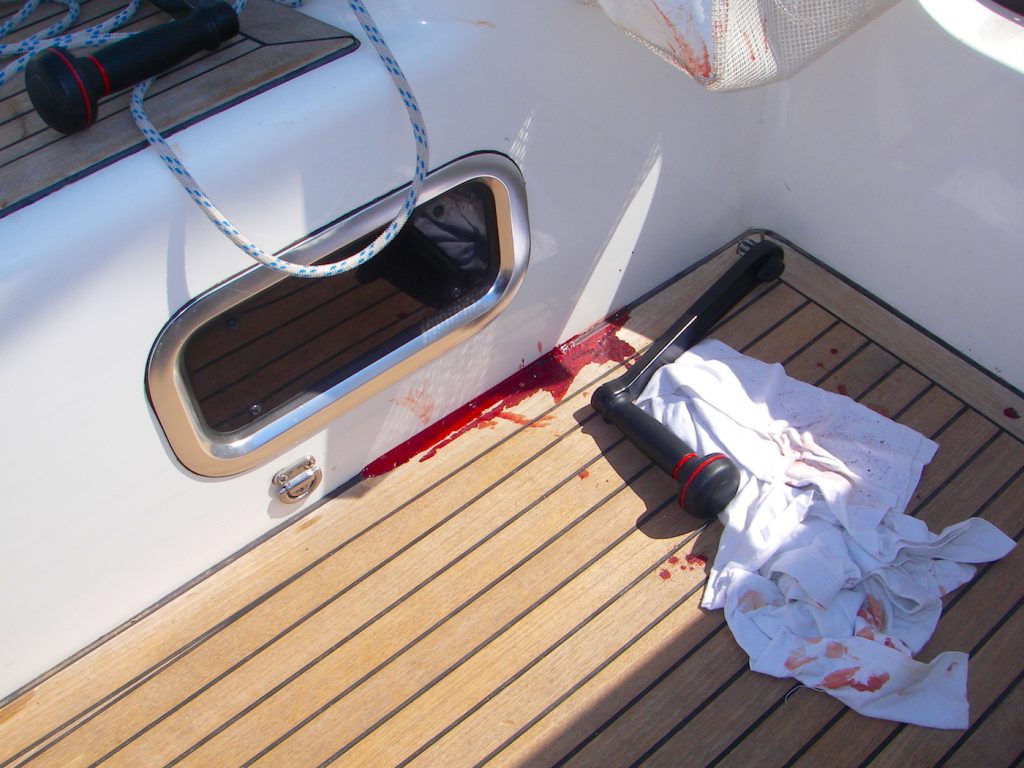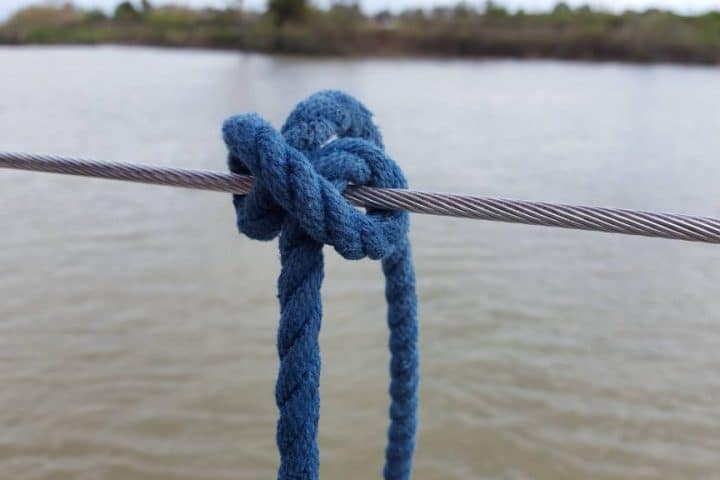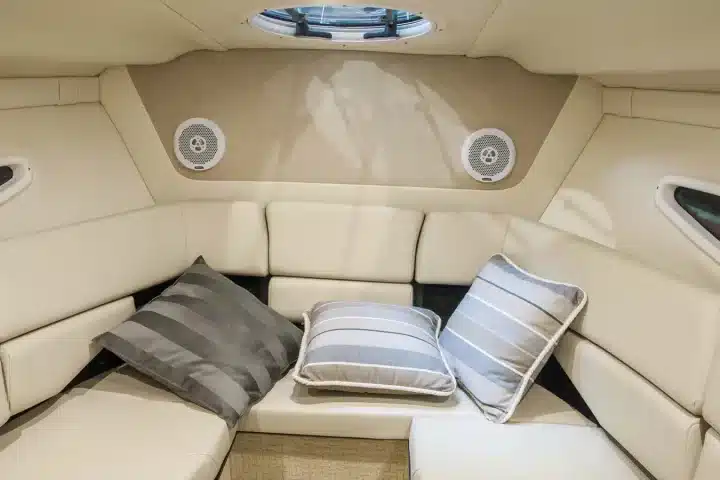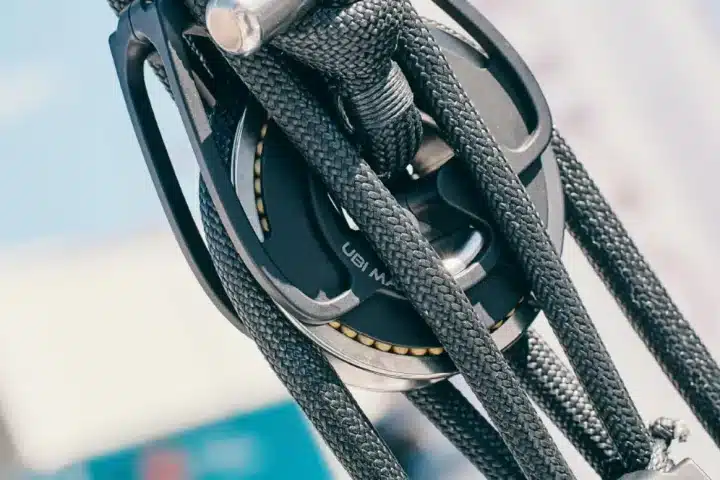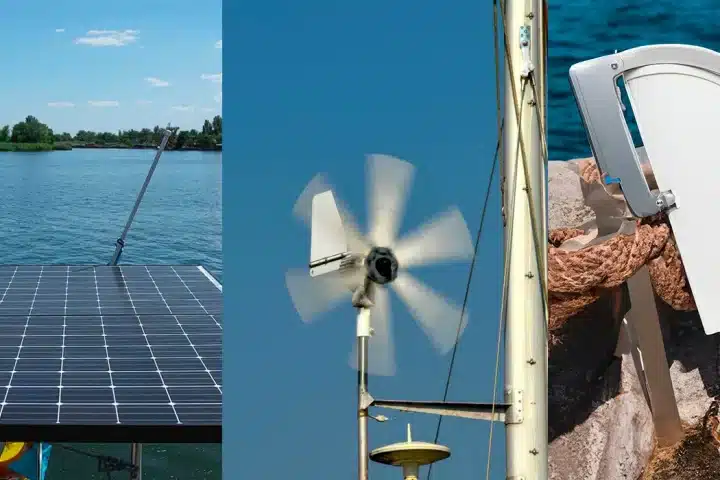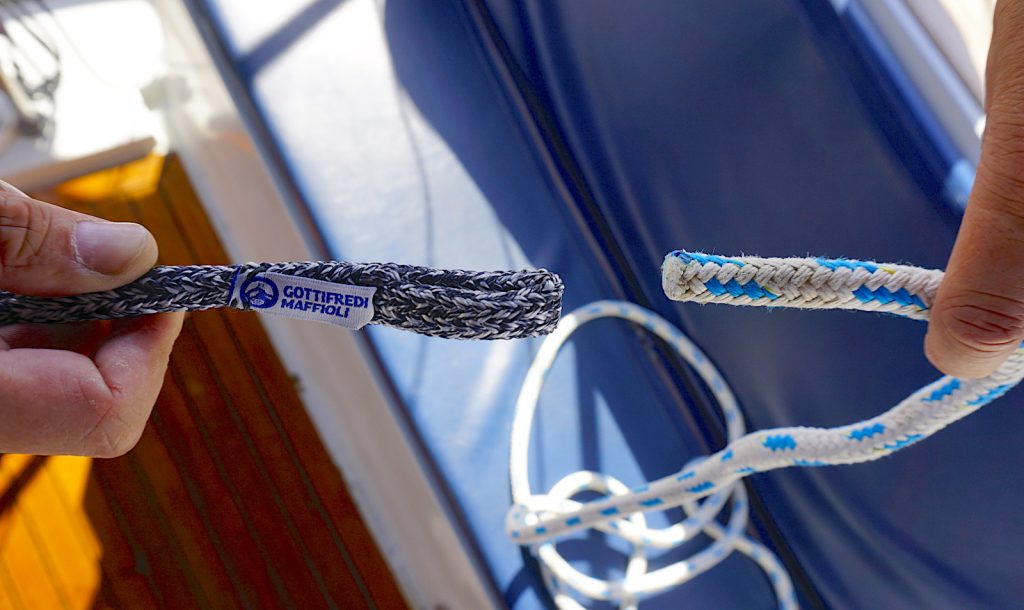There are subjects that people prefer not to mention 
” Why are we talking about that?”, “Aren’t we safe?”: this is a psychological reaction that “exorcizes” the perception of a negative event, as if taking our mind off of it can reduce the probability of future accidents. On the contrary, boaters and professional sailors know that prevention and a good knowledge of some specific procedures significantly reduce many contingencies and risks.
Of course, this is a very general premise, good for different situations. Skippers would have no objection if this was the preface to the proper engine use; however, if we dealt with “safety at sea“, we would probably discover that personal ideas in this respect are very different among yachtsmen, ranging from those who simply check compulsory equipment expiration dates to those who follow new sector-specific trends with interest or have time to take a specific class.
As for “eventual on-board medical emergencies“, it is interesting to note how the common reaction among yachtsmen is comparable to a discouraged shrug. It’s not surprising since the complexity of the subject, the evident impossibility of acting as an expert or the concrete risk of making things worse with a non-professional intervention would discourage anyone. However, this is a subject that both captains and passengers cannot avoid.

When, in January 2016, the Italian government issued the decree implementing the new rules on compulsory first-aid equipment on board, which replaced the 1988 one, a can of worms was opened up. People criticized the excessive cost of first-aid kits, now including AMBU masks and a sphygmomanometer with stethoscope as well as the fact that some products needed further implementation. Maybe, people didn’t realize that what the government had introduced was, first of all, a switch in mentality from the basic “patch box” to a more sophisticated medical supply, more suitable to the reality of those sailing with no limits.
Even if not compulsory, a first-aid course is certainly a good idea for a boat owner. What should be considered as “compulsory” is rather to know what to do when the emergency occurs.
As for disease contractions, deterioration in the state of health requires some time and offers sufficient time for evaluations and countermeasures. If, on the contrary, the emergency concerns a heart attack or a serious trauma, the captain will inevitably find himself to deal with the injured, the boat and the emotive reactions of the other passengers simultaneously.
In these cases, a predetermined procedure or “protocol” 
Boaters sailing in Italy can benefit from a very efficient non-profit organization named C.I.R.M. (Centro Internazionale Radio Medico – Medical Radio International Centre). Founded in 1935, it provides ship captains and yachtsmen with medical assistance.
After the very first intervention (wound packing with bandage/semi-sitting, lying or antishock positioning according to the situation..) and assuming that a resuscitation procedure is not necessary (for which it’s better to have taken a course), the captain should give everyone a specific role. In the case of an experienced crew, everything will be fast and simple. In the case of unexperienced guests, it’s better to give someone a task.
It’s extremely important to give prompt communication to the C.I.R.M. If the injury or the sudden illness is not serious or if it’s possible to make a phone call, it will be sufficient to phone the organization (+39 06 59290263 ). If, on the contrary, the patient’s conditions are more serious or it’s not possible to make a phone call, a medical PAN PAN message must be immediately sent on channel 16 so that the Port Authority can promptly intervene.

At that point, the C.I.R.M. doctor can ask for a series of interventions, such as pressure and body temperature measurement and some other actions to stabilize the patient. A well-equipped first-aid kit is essential in situations like this.
The C.I.R.M has drafted a first-aid manual, of which even a downloadable version is available. Our advice is to take it with you on board. As an alternative, there are also many other user-friendly 
Please remember that medical assistance interventions are always free at sea: a free health “insurance” at sea that should be supported in every possible way.
